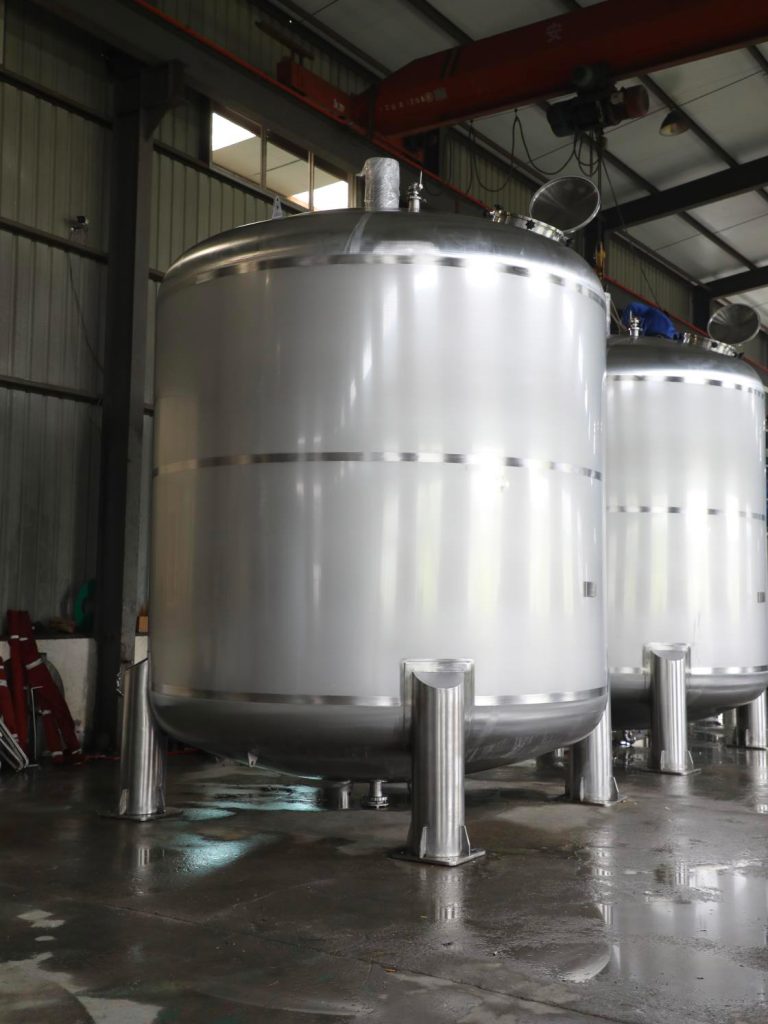There is an escalating requirement to manage storm water runoff with numerous councils and government authorities requiring the controlled release of water into the urban drainage program. There is an escalating requirement for this variety of storm water manage. The challenges several governments face with their storm water systems is a outcome of escalating urban density which results in a greater amount of runoff going into the drainage program as effectively in a lot of areas there is aging infrastructure that is costly to upgrade or replace.
A solution to this concern is the use of a storm water tank which can capture and slowly release water into the drainage technique. These perform efficiently as heavy rain events are generally somewhat short in duration and there is a long period of time offered to release water back into the drainage technique right after the rain has stopped.
There are two sorts of styles and configurations for storm water tanks and these are retention and detention tanks. Each these tanks are in a position to capture runoff water like from the roof of the house or developing or from the tough surfaces surrounding the residence or building.

Detention Tank
A detention tank holds no water permanently and immediately after the tank has been emptied following a storm occasion it is back to its maximum capacity and is accessible for the subsequent heavy rainfall. The detention tanks operates by discharging water slowly into the storm water method at a set price over time.
Retention Tank
A retention Tank holds water like any other tank and shops water for use about the house and garden. The difference with a retention tank is it also supplies storage and slow release of runoff water into the public water system. An instance of this is a five,000 litre tank holds two,500 litres for ongoing use around the property or garden and there is two,500 litres of storage that is slowly released to the storm water method.
The difference is the tank has a slow release fitting on the side of the tank. This will be the upper level for the permanent storage. These fittings are normally placed half way up the tank but can be placed at distinctive levels rely on the volume of retention essential.
How Big Need to the Tank Be?
The size of the retention or detention tank will rely on the local council needs and the size of the building’s roof location and tough surfaces. Most council’s who need storage and slow release of storm water offer recommendations on what is necessary for every single internet site.
Storm water tanks can be designed with fittings that facilitate both applications.
Stainless steel tanks of the detention or retention tank will be determined by the size and slope of the website along with the requirement to catch the maximum amount of water from the web-site. Often much more than a single tank maybe expected as there will be additional than a single point of capture on internet site. In some case there may well be a requirement for an underground tank which will be needed to harvest water at ground level and the water is then pumped back into the water drainage system.

